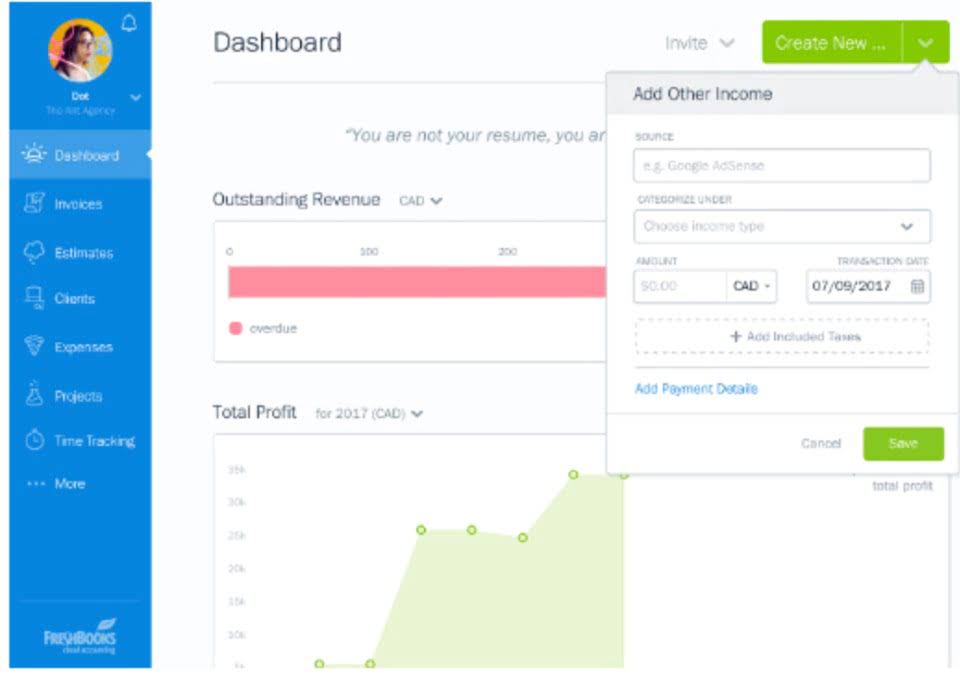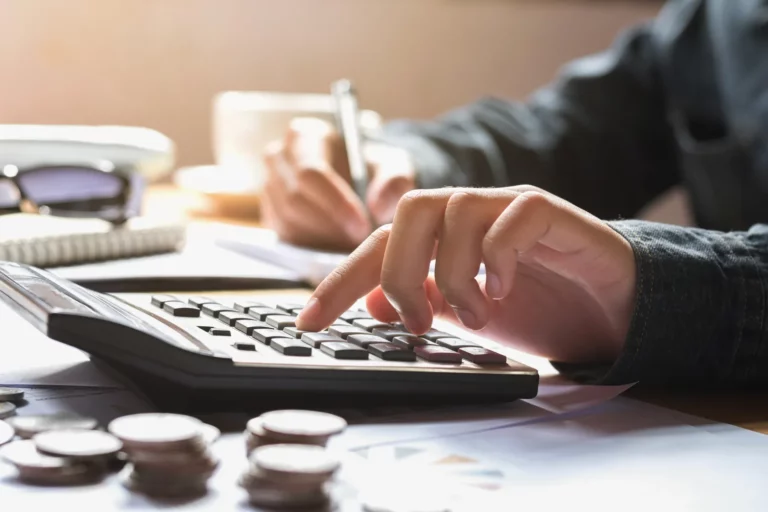- Share on :
- More
What Are Plant Assets? The Motley Fool

Cost includes all normal, reasonable, and necessary expenditures to obtain the asset and get it ready for use. Acquisition cost also includes the repair and reconditioning costs for used or damaged assets as longs as the item was not damaged after purchase. Unnecessary costs (such as traffic tickets or fines or repairs that occurred after purchase) that must be paid as a result of hauling machinery to a new plant are not part of the acquisition cost of the asset. Plant assets, also known as fixed assets, are any asset directly involved in revenue generation with a useful life greater than one year.

Improvements
Plant assets are a part of non-current assets and are usually the largest group of assets one can find in the financial statements. If debt has been used to purchase the plant asset, then the cash flow statement would also show the regular payments towards that debt too. Naturally, the initial purchase of the plant asset would be an outflow of cash, any subsequent sales would be a cash inflow.
Depreciation of Plant Assets
Named during the industrial revolution, plant assets are no longer limited to factory or manufacturing equipment but also include any asset used in revenue production. A plant asset is any asset that can be utilized to produce revenue for your company. Plant assets are goods that are considered long-term assets because of their high price or worth, even one characteristic of plant assets is that they are if the assets depreciate. It’s crucial to recognize which of your assets are plant assets, regardless of their worth. The goods you can include in this category are usually useful assets that help your business well. Plant assets are key to a company’s production process and are often considered among the most valuable items on the balance sheet.
HOW THE MOTLEY FOOL CAN HELP YOU
Shaun Conrad is a Certified Public Accountant and CPA exam expert with a passion for teaching. After almost a decade of experience in public accounting, he created MyAccountingCourse.com to help people learn accounting & finance, pass the CPA exam, and start their career. Plant assets are deprecated over their useful lives using the straight line or double declining depreciation methods. For example, a business spends £5,000 on upgrading the manufacturing machine to improve its efficiency. Therefore, the company would record the machine at £110,000 as the initial cost. As for buildings, per IRS rules, non-residential buildings can be depreciated over 39 years using the Modified Accelerated Cost Recovery System (MACRS) method of depreciation.
Subsequent Costs
The Ascent, a Motley Fool service, does not cover all offers on the market. When researching companies, the financial statement is a great place to start. Knowing how to end a business note or email is an important skill to develop. It helps portray a sense of confidence, respect and tone to your message..

Also included are labor and materials to build the building; salaries of officers supervising the construction; and insurance, taxes, and interest during the construction period. Any miscellaneous amounts earned from the building during construction reduce the cost of the building. For example, an owner who could rent out a small completed portion during construction of the remainder of the building, would credit the rental proceeds to the Buildings account rather than to a revenue account. Plant assets are reported within the property, plant, and equipment line item on the reporting entity’s balance sheet, where it is grouped within the long-term assets section. The presentation may pair the line item with accumulated depreciation, which offsets the reported amount of the asset.
Despite the fact that upgrades might be costly, they are nevertheless regarded an asset to a company since they constitute an additional investment in ensuring the company’s success. The company would now adjust the carrying amount to £90,000, and depreciation would be calculated using the revalued amount. We’re firm believers in the Golden Rule, which is why editorial opinions are ours alone and have not been previously reviewed, approved, or endorsed by included advertisers.
Premium Investing Services
In any case, owing to price and duration, property held by a company is generally the most valuable asset. The land is also an asset that is unlikely to deteriorate in value over time. Most companies, especially those that run fully in-house and do not rely on other parties for production or processing, require land. Even if a company does not operate on-site or own property, many businesses profit from purchasing land, even if they do not intend to use it until later. Buildings are assets that often retain higher quantities of value, such as office space or a physical location where consumers can do business. This might be a single storefront site for smaller companies or numerous locations or buildings for bigger enterprises.

Module 9: Property, Plant, and Equipment

If the equipment or machinery in question is a necessary part of your business operation, it’s a plant asset. It is interesting to note that IAS 16 has pointed out that a plant asset purchased for safety or environmental reasons could qualify as a plant asset even if it does not contribute to revenue. Its accounting definition could be identified in IAS 16 Property, Plant and Equipment. IAS 16 defines them as physical assets that are used to produce revenue or for administrative purposes and are expected to be in use for more than one accounting period.
- Equipment is also quite valuable and crucial to the operation of any organization.
- Revaluations every three to five years are permissible in most other circumstances, according to IFRS.
- Depreciation is the process by which a plant asset experiences wear and tear over a particular period of time.
- Naturally, the initial purchase of the plant asset would be an outflow of cash, any subsequent sales would be a cash inflow.
- A plant asset can be defined as any asset that can be utilized to produce revenue for the company.
- This classification is rarely used, having been superseded by such other asset classifications as Buildings and Equipment.
Types of plant assets
Equipment is also quite valuable and crucial to the operation of any organization. It propels operations forward and allows a company to generate money on a consistent basis. Equipment is also one of the most varied forms of plant assets since it differs based on the industry or the specific demands of each company. Depending on the industry and purpose of a company, a number of items might now qualify as plant assets. The purchase and sale of plant assets would affect a company’s cash flow.


